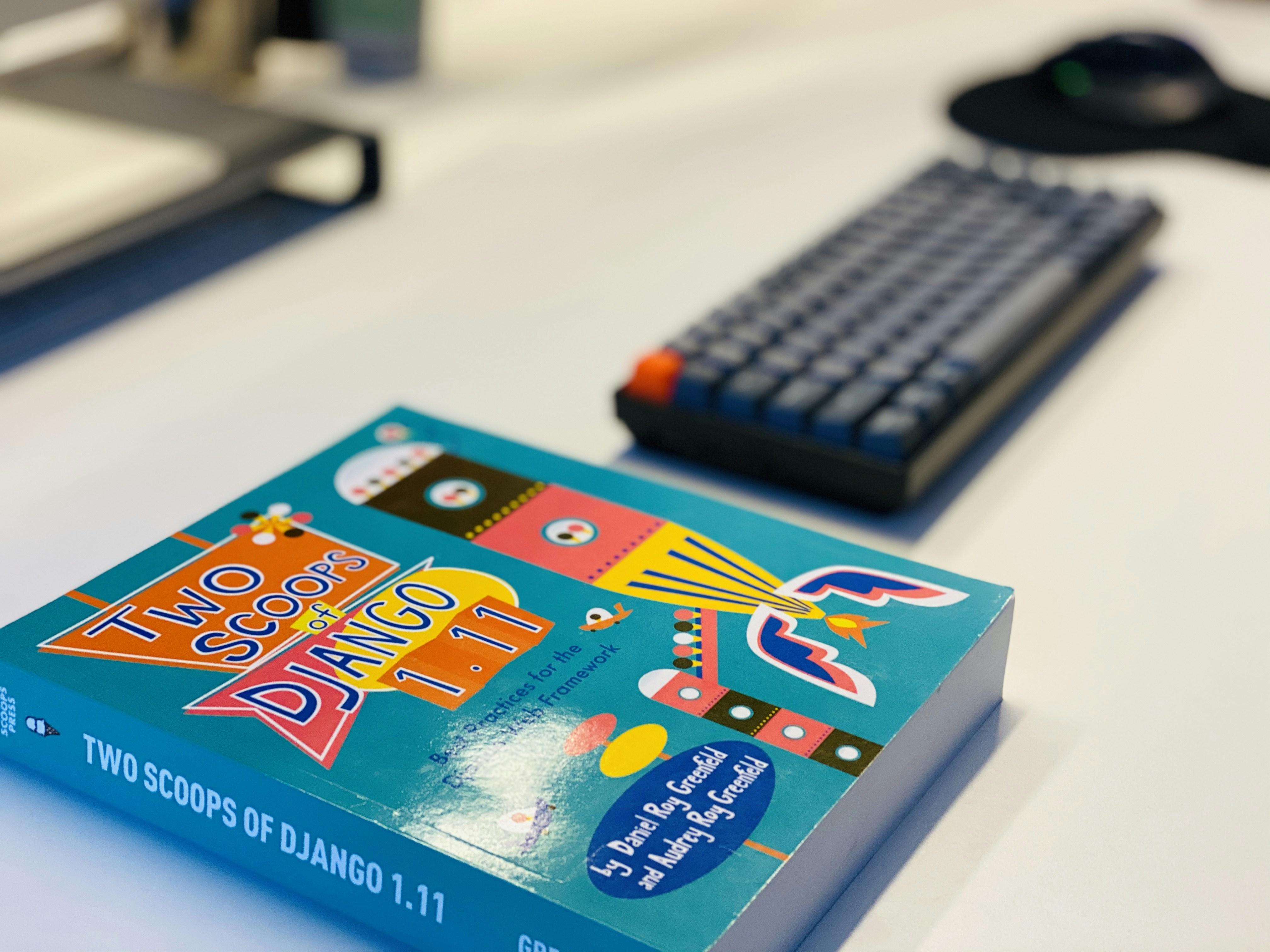Quentin Tarantino‘s “Django Unchained” stands as a provocative and complex film that navigates the fraught intersection of history and fiction. Released in 2012, this revisionist Western offers a unique narrative canvas where the grim realities of 19th-century American slavery are interwoven with elements of fantasy and genre conventions. As such, it raises pertinent questions about the portrayal of historical events through the lens of cinematic storytelling. By examining the film’s intricate balance between factual representation and creative license, this article seeks to explore how “Django Unchained” both challenges and reinforces historical narratives. Through an analytical lens, we will delve into the film’s thematic undertones, character archetypes, and narrative structure, assessing the broader implications of blending historical context with fictional elements. In doing so, we aim to understand the impact and responsibility of filmmakers in shaping public perceptions of history through entertainment.
Historical Context and Cinematic Interpretation
Quentin Tarantino’s Django Unchained is a film that seamlessly blends historical elements with fictional narratives, creating a unique space where fact and imagination collide. Set in the antebellum South, the movie confronts the brutal realities of slavery while infusing the storyline with Tarantino’s signature stylized violence and dark humor. The film’s portrayal of the era is not meant to be a faithful historical recount but rather a commentary on the past through the lens of modern storytelling. This approach raises questions about the responsibilities of filmmakers when handling sensitive historical subjects, as it walks the fine line between dramatization and historical accuracy.
- Historical Setting: The film takes place in 1858, two years before the Civil War, capturing the racial tensions and economic conditions of the time.
- Character Archetypes: Tarantino employs exaggerated characters, such as the ruthless plantation owner and the vengeful freed slave, to amplify the narrative’s impact.
- Artistic License: The use of anachronistic elements, such as modern music in the soundtrack, serves to create an emotional resonance that transcends the historical setting.
Through its bold storytelling, Django Unchained challenges audiences to reflect on the historical injustices of slavery while engaging them in a cinematic experience that is as entertaining as it is thought-provoking. This blend of history and fiction not only highlights the creative liberties taken by Tarantino but also sparks discussions about the portrayal of historical events in modern media.

Narrative Techniques and Historical Authenticity
In Django Unchained, Quentin Tarantino employs a range of narrative techniques that blur the line between historical authenticity and fictional storytelling. By intertwining fact with imaginative fiction, Tarantino crafts a narrative that is both engaging and thought-provoking. The film’s use of anachronisms—such as modern music tracks within a 19th-century setting—serves to remind viewers of its fictional nature, encouraging them to question the veracity of the events depicted. Furthermore, the exaggerated character archetypes, including the vengeful hero and the tyrannical plantation owner, highlight the dramatization inherent in Tarantino’s storytelling, which prioritizes emotional impact over strict adherence to historical fact.
- Hyperrealism: The film employs hyperrealistic violence, accentuating the brutality of slavery while simultaneously creating a stylized cinematic experience.
- Intertextual References: By referencing classic Westerns and blaxploitation films, Tarantino constructs a dialogue with past genres, blending historical elements with fictional tropes.
- Character Development: Characters are often larger-than-life, with their narratives shaped more by cinematic convention than historical reality, emphasizing themes of empowerment and revenge.
Through these techniques, Django Unchained invites audiences to engage with history critically, acknowledging the liberties taken in service of a compelling narrative while also reflecting on the harsh realities of the past.
Character Development within Historical Frameworks
In Quentin Tarantino’s “Django Unchained,” character development is meticulously woven into the historical context of the antebellum South, allowing for a rich exploration of personal transformation amidst societal upheaval. The film presents Django, a former slave, who evolves from a subdued, oppressed figure into a powerful symbol of resistance and retribution. His journey is not just a personal quest for freedom but also an embodiment of a broader narrative of empowerment against the oppressive structures of the time. Through his interactions with other characters, such as the cunning Dr. King Schultz and the malevolent Calvin Candie, Django’s growth is framed within a historically charged environment, adding layers to his transformation that are both personal and collective.
Key elements in the film contribute to this intricate character development:
- Historical Setting: The brutal realities of slavery are depicted with stark authenticity, grounding Django’s journey in a tangible historical framework.
- Symbolism: The characters and their arcs serve as symbols of broader historical themes, with Django representing a challenge to the status quo.
- Dialogue and Interaction: The script leverages sharp dialogue and intense interactions to reflect the characters’ growth and the tensions of the era.
By interlacing individual stories with historical truths, “Django Unchained” crafts a narrative that is as much about the characters’ internal struggles as it is about the larger historical forces at play.

Balancing Artistic Vision with Historical Responsibility
Quentin Tarantino’s Django Unchained presents a fascinating exploration of the delicate dance between artistic liberty and historical accountability. As the film delves into the brutal reality of slavery, it simultaneously weaves an exaggerated narrative that is quintessentially Tarantino. This raises critical questions about the responsibilities filmmakers hold when portraying historical events, especially those as sensitive as slavery. The director’s decision to blend the gritty authenticity of the antebellum South with stylized violence and dark humor can be seen as a bold artistic choice, but it also demands scrutiny regarding its impact on historical perception.
- Artistic Expression: Tarantino employs his signature style, characterized by graphic violence and sharp dialogue, to create a compelling story that captures the audience’s attention.
- Historical Accuracy: While the film portrays the brutalities of slavery, its fictional elements and dramatic flair may overshadow the historical context, leading viewers to question the balance of fact and fiction.
- Ethical Considerations: The depiction of sensitive historical subjects necessitates a thoughtful approach, ensuring that the narrative respects the lived experiences of those it represents.
In the case of Django Unchained, the intersection of history and fiction challenges both creators and audiences to consider the implications of using entertainment as a vehicle for historical storytelling. It underscores the need for filmmakers to tread carefully, balancing the allure of creative freedom with the weight of historical truth.
